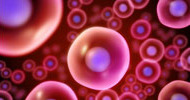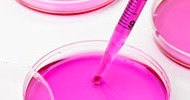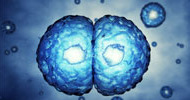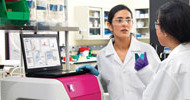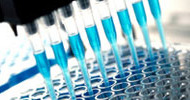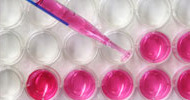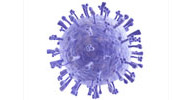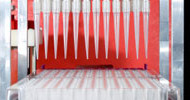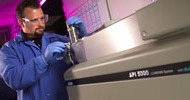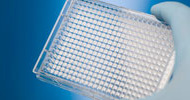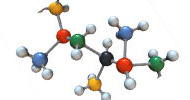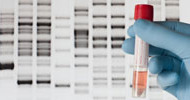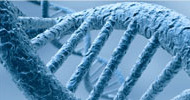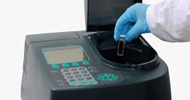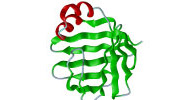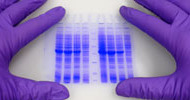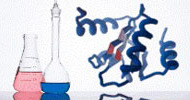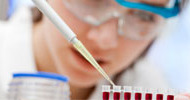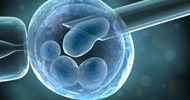Description
• Combines lysis and purification into one step, resulting in significant time savings• Leads to more reproducible yields
• Allows for automation using a high-throughput particle processor
April 2, 2014, Darmstadt, Germany - Merck Millipore, the Life Science division of Merck, today introduced a new recombinant protein purification protocol that combines lysis and purification into a single step. The condensed workflow can be completed in about 45 minutes, reducing processing time by 75% compared to traditional techniques, while delivering high yield and purity.
The new protocol requires significantly less hands-on time than the conventional workflow, provides greater consistency and results in more reproducible yields. The method uses a specialized lysis buffer in combination with magnetic affinity capture beads, which together eliminate the need to clarify lysates by centrifugation. As a result, the workflow can be automated using a high-throughput particle processor, further reducing sample variability.
The one-step lysis and purification protocol has been validated specifically for Merck Millipore's PureProteome™ Nickel Magnetic Beads, optimized for the capture of histidine-tagged proteins, and Merck Millipore's BugBuster® Master Mix, a lysis reagent that allows for non-mechanical extraction of soluble protein from bacterial cells. This reagent combines detergent-based lysis with enzymatic agents, Benzonase® nuclease and rLysozyme™ enzyme, in a ready-to-use formulation.
"Protein chemists and those developing protein biotherapeutics crucially need a rapid, reproducible small-scale purification process," said David Briggs, Ph.D., Director, Product Marketing. "The traditional workflow takes more than three hours to complete, requiring separate lysis, lysate clarification and purification steps, which can negatively impact protein quality and reproducibility. Our new protocol offers a significant improvement, allowing researchers to purify recombinant proteins quickly and consistently."














